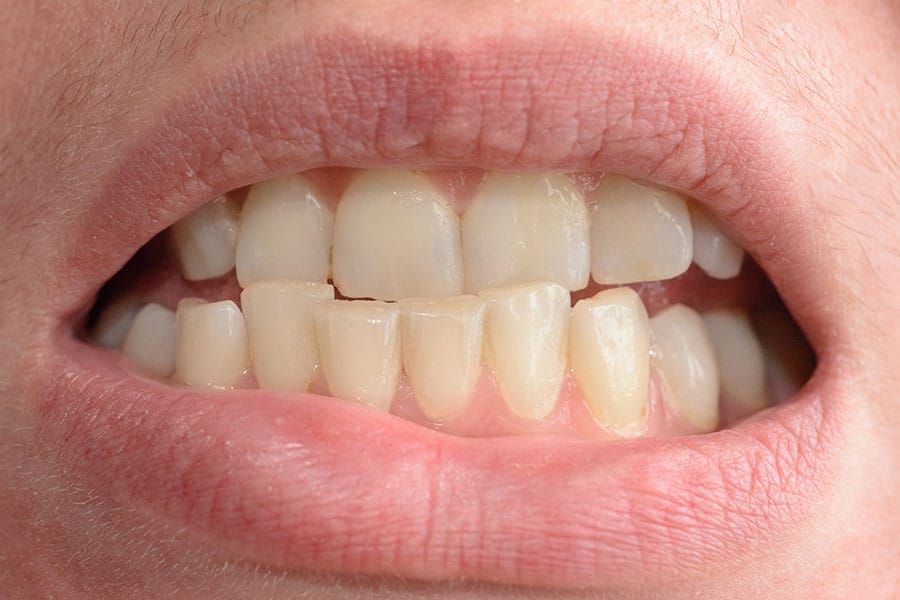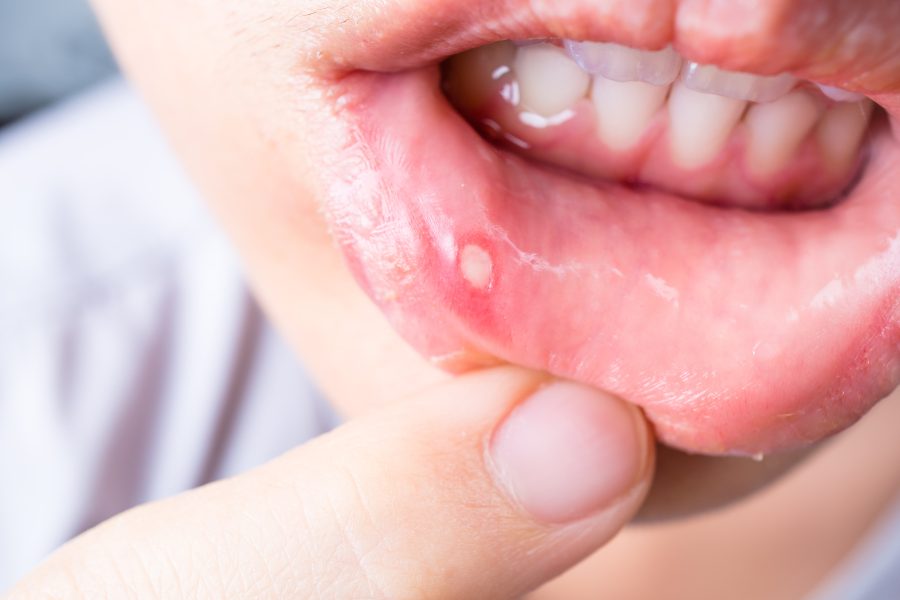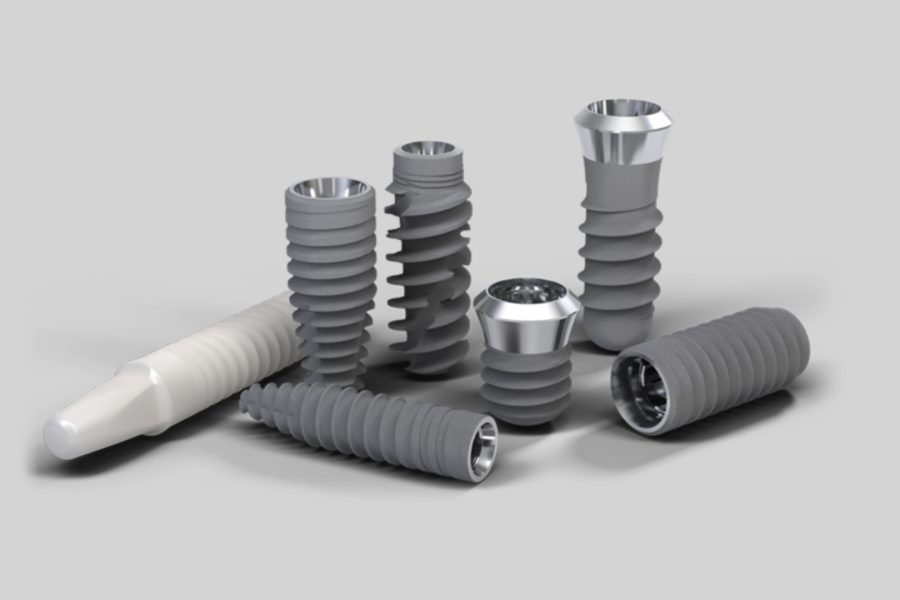
Dental issues like bucked or crooked teeth are an aesthetic concern and crucial for oral health and chewing function. Modern dentistry offers various effective methods to treat such conditions.
Understanding the problem and determining an appropriate approach before identifying treatment options is essential. In this article, we will address many important issues, ranging from the causes of bucked teeth or crooked teeth to treatment options, the necessity of surgery, and treatment durations.
What Causes Bucked Teeth or Crooked Teeth?
Bucked teeth or crooked teeth result from various factors coming together. These factors may stem from childhood habits, genetic predisposition, or congenital conditions.
Finger Sucking: Many children develop a habit of finger-sucking during infancy and early childhood. Prolonged and severe finger sucking can push the upper teeth forward, leading to bucked teeth.
Pacifier Use: Similarly, prolonged pacifier use can also cause tooth misalignment. Especially long and frequent pacifier use can cause the upper teeth to protrude forward and create a mismatch between the upper and lower jaw.
Breastfeeding and Bottle Feeding Habits: Some babies may not assume the correct position during breastfeeding or bottle feeding. This can prevent the teeth from aligning correctly and contribute to the development of crooked teeth.
Hereditary Factors and Congenital Dental Problems: Genetic predisposition plays a significant role in forming bucked or crooked teeth. Individuals with such dental problems in the family may also experience similar issues in children. Additionally, congenital dental anomalies can also contribute to the causes of bucked teeth or crooked teeth.
Tooth Gaps and Missing Teeth: Tooth gaps or missing teeth can cause other teeth to fill the gaps. This can prevent proper tooth alignment and pave the way for the development of bucked teeth.
The causes of bucked or crooked teeth can be complex and often arise from multiple factors. However, early intervention and regular dental care can prevent and treat these problems.
How Can Bucked Teeth be Corrected?
Bucked or crooked teeth are essential for oral health and chewing function. Fortunately, modern dentistry offers a range of effective treatment options.
Dental Braces (Orthodontic Treatment)
Dental braces are one of the most commonly used methods for correcting bucked or crooked teeth. This treatment ensures the proper alignment of teeth and closes unwanted gaps. There are various options for dental braces, ranging from traditional metal braces to transparent aligners. The duration and effectiveness of the treatment may vary depending on the condition.
Surgical Intervention
In rare cases, surgical intervention may be necessary to correct bucked or crooked teeth. This is usually done to ensure proper teeth alignment or to change the tooth structure. However, surgical options are generally considered after evaluating other treatment methods.
Clear Aligners (Invisalign)
Clear aligners are becoming increasingly popular for correcting bucked or crooked teeth. Systems like Invisalign use transparent, custom-designed trays to align the teeth. These trays are not visible like traditional braces and offer more flexibility in daily activities such as cleaning and eating. The effectiveness of the treatment may vary depending on the user’s commitment to the treatment and the need for tooth alignment.
Can Dental Braces Correct Dental Shape Defects?
Yes, dental braces are generally an effective treatment method for correcting bucked teeth or crooked teeth. This method helps address aesthetic and functional problems by correcting the position and alignment of teeth.
Treatment Process with Dental Braces
The treatment process with dental braces varies depending on the patient’s needs and the condition of the teeth. It can range from several months to several years. The duration of the treatment depends on the initial condition of the teeth, the complexity of the treatment, and the patient’s compliance.
Can Bucked Teeth or Crooked Teeth be Corrected with Dental Veneers?
Dental veneers are an aesthetic dental treatment method for improving teeth’s color, shape, and size. However, they may not be the most suitable option for correcting bucked teeth or crooked teeth. In such cases, the recommended treatment usually includes more comprehensive solutions, such as dental braces or surgical intervention.
Is Surgery Necessary to Correct Bucked Teeth, Crooked Teeth?
Whether you need surgery to correct bucked or crooked teeth depends on the complexity of your condition and the structure of your teeth and jaw.
Cases Where Surgery is Necessary
Severe Dental Anomalies: In some cases, especially when structural abnormalities in the teeth and jaws exist, surgical intervention may be required to correct bucked or crooked teeth.
Position and Structure of Teeth: Poor teeth alignment or structural problems may require surgery. For example, conditions like teeth being larger or smaller than usual, jaw discrepancies or severe tooth gaps can be addressed with surgery.
Resistance to Treatment: If desired results cannot be achieved despite dental braces or other conservative treatment methods, or if your condition is not improving, you may consider surgical options with your dentist.
Cases Where Surgery is Not Necessary
Mild Problems: Bucked or crooked teeth are often corrected with less invasive treatments like dental braces.
Aesthetic Corrections: If only aesthetic improvement is desired and there are no functional problems, surgery may be unnecessary.
Personal Preferences: Some patients may prefer not to undergo surgical intervention and opt for more conservative treatment options.
Precautions Before and After Surgery
A careful evaluation is necessary before and after any surgical procedure. Before surgery, your dentist will conduct a series of tests and examinations to determine the most appropriate treatment option for you. After surgery, they will recommend a specific recovery process and dental care instructions. You can navigate this situation most effectively by following your dentist’s recommendations.
Can Bucked Teeth or Crooked Teeth be Treated at Home?
A specialist dentist or orthodontist should treat dental problems like bucked or crooked teeth. However, in certain cases, some measures can be taken at home. However, it is advisable to consult your dentist to determine the exact treatment method.
Measures That Can Be Taken at Home
Regular Brushing and Flossing: Brushing your teeth regularly and using dental floss can help maintain your health.
Healthy Eating Habits: Paying attention to eating habits that are important for dental health is crucial. Avoiding sugary and acidic foods and drinks can protect your teeth and prevent the formation of crooked teeth.
Controlling Finger and Pacifier Sucking Habits: It is essential to control habits such as finger sucking or pacifier sucking that can cause bucked teeth or crooked teeth in children. Controlling these habits early can help promote proper dental development.
How Long Does Bucked Teeth, Crooked Teeth Treatment Take?
The treatment duration of bucked or crooked teeth can vary depending on several factors and may differ for each patient. It depends on the problem’s complexity, treatment options, the patient’s age, and compliance with the treatment.
Factors Affecting the Treatment Process
The degree of bucked or crooked teeth is a critical factor affecting the treatment duration. In more severe cases, the treatment process may be longer. The treatment methods used are also an essential factor in determining the treatment duration. Different treatment options, such as dental braces, dental veneers, and surgical intervention, may require different durations.
The treatment duration may vary depending on the patient’s age. Teeth may move more quickly in children, so the treatment duration is generally shorter. In adults, the treatment process may take longer. The treatment duration also depends on the patient’s compliance with the treatment. Sticking to the treatment plan, attending regular check-ups, and providing necessary care can help shorten the treatment duration.
Average Treatment Duration
Generally, the treatment duration of bucked or crooked teeth can range from several months to several years. The treatment duration may be shorter in simple cases, while in more complex cases, the treatment process may be longer.
Bucked Teeth, Crooked Teeth Correction Costs
The cost of treatments applied to correct bucked teeth or crooked teeth varies depending on several factors. These factors include treatment options, treatment duration, the condition of the teeth, and the economic conditions of the region.
Cost of Treatment Options
Dental Braces: Dental braces are a commonly used treatment option for correcting bucked or crooked teeth. The cost of dental braces varies depending on the type of material used, the duration of treatment, and the dentist’s experience. In Turkey, the average cost of dental braces ranges from 9000 usd to 20000 usd.
Dental Veneers: Dental veneers can provide aesthetic correction but are not used as the primary treatment method for correcting bucked or crooked teeth. The cost of dental veneers depends on the number of teeth to be veneered, the type of material used, and the dentist’s fee policy.
Surgical Intervention: Although rarely needed, surgical intervention may be required to correct bucked or crooked teeth. The cost of surgical intervention varies depending on the complexity of the operation and the patient’s overall health condition.
Insurance and Financing Options
Dental correction treatments may sometimes be partially or fully covered by comprehensive dental insurance or health plans. However, since every insurance plan is different and subject to specific conditions, checking payment options in advance is best.
Additionally, many dentists or orthodontists try to make treatment costs more affordable by offering payment plans. These options can help distribute the cost of treatment more reasonably. You can consult your dentist to determine treatment costs and obtain information about treatment options.




